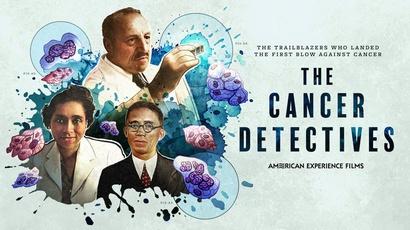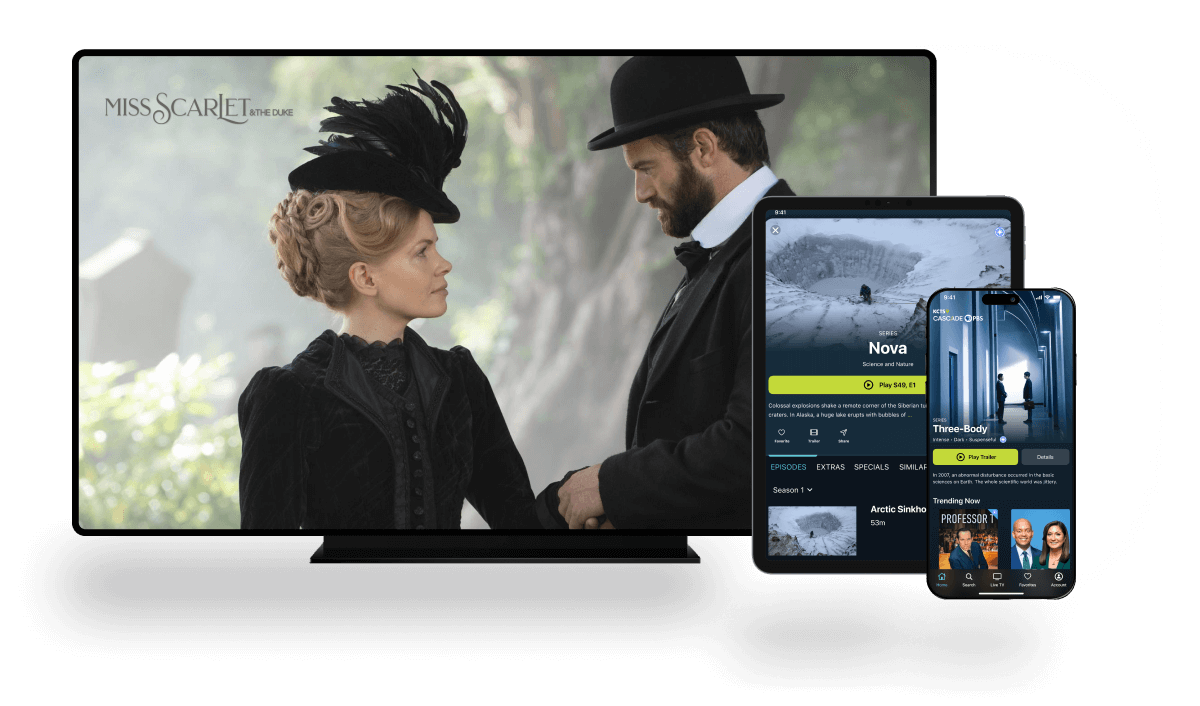Watch Preview

Trailer | The Riot Report
2m 20s
When Black neighborhoods across America erupted in violence in the summer of 1967, President Johnson appointed a commission to find the cause for the unrest. Their findings offered an unvarnished assessment of American race relations.





























